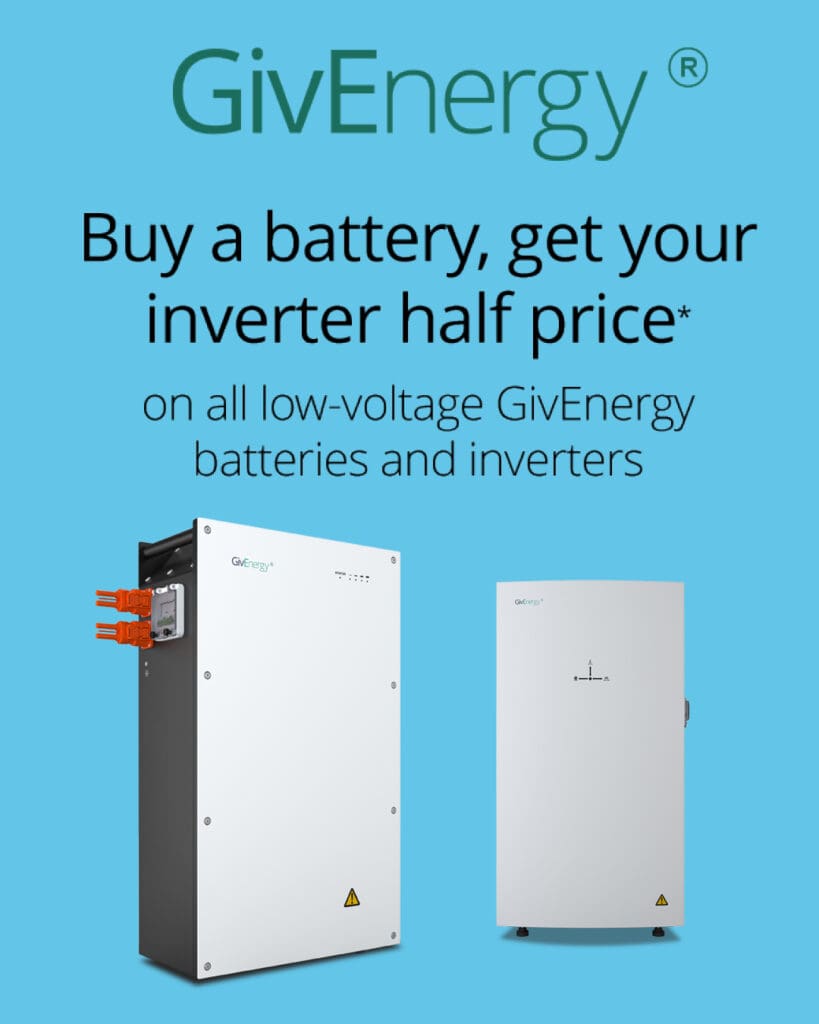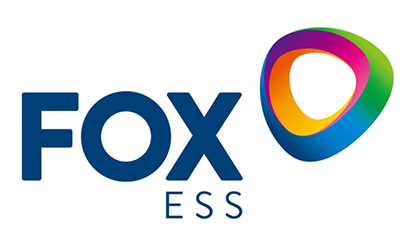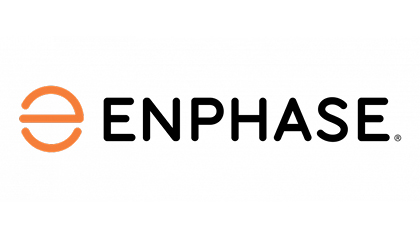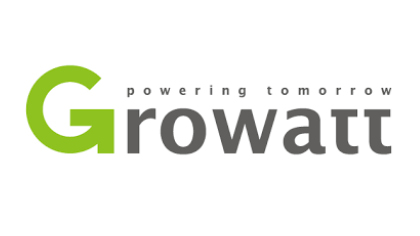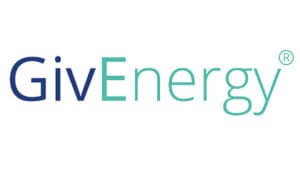Inverters.
We stock a huge range of inverters available from a variety of world-leading brands that can be used across new builds to commercial and utility situations.

We stock the whole range.
Solar PV inverters are essential for any photovoltaic (PV) system that needs to utilise AC power. Their primary function is to convert the DC power generated by solar panels into usable AC power, which can then supply the electrical loads in a property. There are many different types of solar inverters available in the market today. In the following sections, we will explore the key distinguishing features to help you choose the right inverter for your system.
From 0.7kW inverters (perfect for new-build installations) to 350kW behemoths for commercial and utility applications, Segen carries a huge selection of world-leading inverters.
Open a Segen account today...
Are you a homeowner?
View homeowner infoFrequently Asked Questions
There is an electrical supply in essentially every property, regardless of the size or type of inverter. Domestic properties in the UK usually have a single-phase connection, while commercial properties have a three-phase connection. This is not the case with every site but is a good rule of thumb. The electrical supply will influence the choice of solar inverters available, with most manufacturers offering both single and three-phase solutions.
As string inverters are an affordable and reliable inverter, they’re widely used in the market. The name ‘string’ comes from their ability to connect to a group of solar panels, to the unit. The panels are connected in a DC circuit and the string is then linked to convert the inverters DC input.
String inverters may be popular, but there are some disadvantages to using them. One of the main disadvantages of being string-specific is that on the lowest performing panel on that sting will limit the output of the rest of the modules. For example, on a string of 10 x 320W panels, if one of those panels was damaged and only produced 300W, the remaining nine modules would also be capped to 300W on a standard string installation.
Maximum Power Point Trackers (MPPT’s) are built into inverters. Their key role is allowing the inverter to automatically extract as much power as possible from the connected string. By using an algorithm, the system operates as the most efficient voltage. It will allow some voltages and currents to be discovered and corrected between modules. The outcome of this means there is a higher output through the connected string(s).
Each MMPTs independently track their connected strings, so an issue with one string in the array will not affect others. As MMPTs are made by joining two strings together, shading one panel in one string by 50% will reduce all other modules in both strings by 50%. Splitting those two strings across two MPPTs would only affect the MMPT with the shaded module.
If any or one solar panel connected to a tracker fails or degrades, all solar panels connected to that same tracker will lose energy. Therefore, it is good practice for commercial systems to use an inverter with higher MPPTS. Three, four or even six trackers are built into the three-phase inverters from Huawei and Solis to ensure minimum losses over time.
Beyond MPPT’s there are optimisers. DC optimisers sit between each panel and the inverter (usually connected directly to the junction box of the module) and optimise the panel output. This process takes the maximum power point tracker out of the inverter and places it behind the module. Therefore, this can increase the price, installation time, and labour requirements.
However, the benefits it can bring are incomparable. The optimiser isolates panel-specific issues to the connected modules, meaning shading is no longer a problem for modules physically in the shade. SolarEdge inverters of the same rating as standard string inverters can have much longer string lengths. This is due to optimisers modifying the string current to push out a fixed voltage. Additionally, an optimiser behind each panel allows module-level monitoring when using the correct monitoring kit.
All inverters from SolarEdge must be installed with their optimisers to operate. Tigo is an alternative, third-party optimiser which works with most standard string inverters on the market.
The difference between an optimiser and a microinverter is that an optimiser takes the DC from the module and optimises it to be suitable for the inverter. Whereas a microinverter convers the DC power to AC directly behind the module. Microinverters are considered a safe solution since DC power is isolated to the roof, and AC power is used inside.
If you are replacing an out-of-warranty inverter and can provide us with your serial number, we will apply an additional 5% discount to a replacement Solis, Huawei, or Fox inverter. Regardless of the make, model, or where you initially purchased it from, this offer still applies. Our quick configurator is a great tool to help you here.



